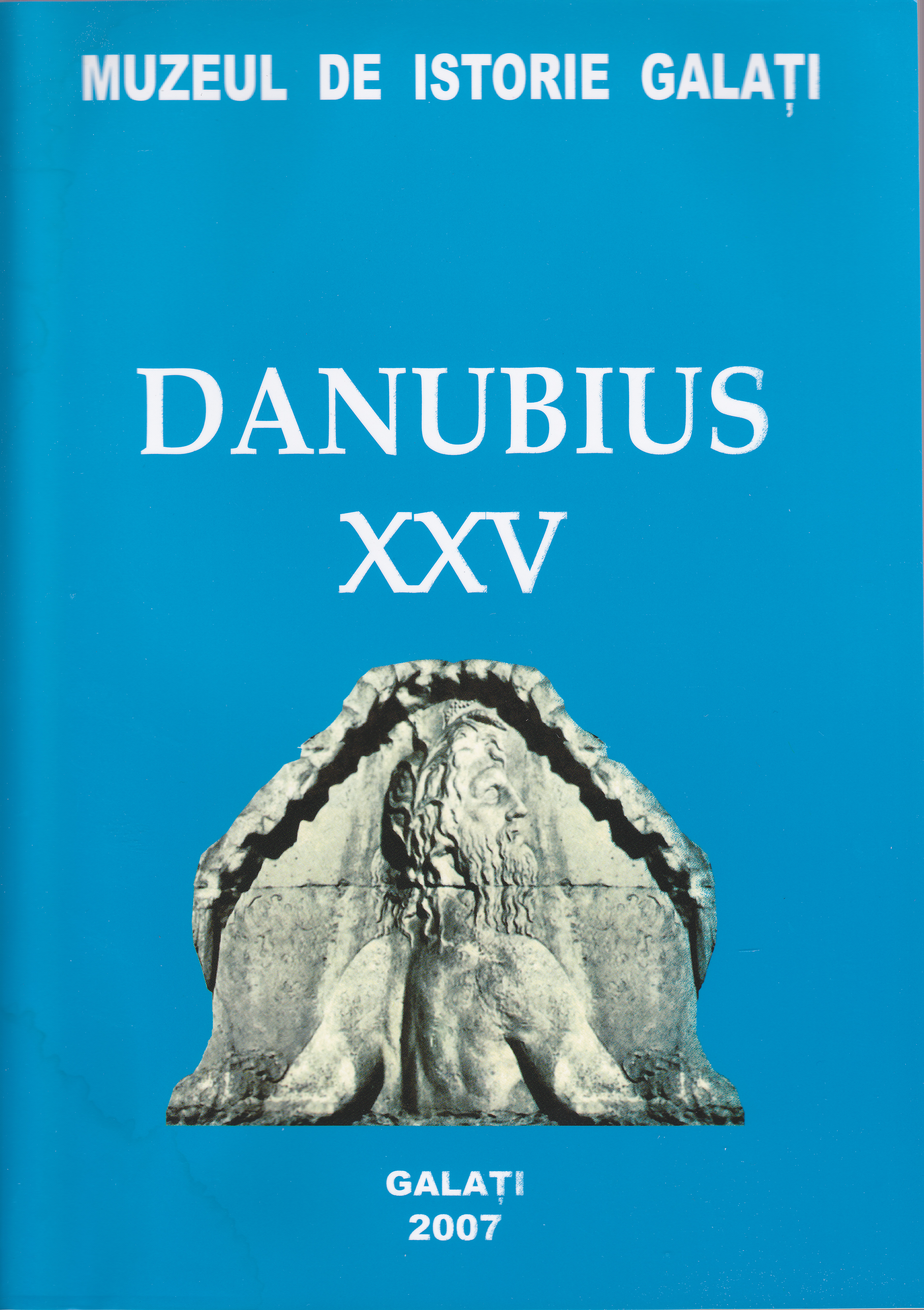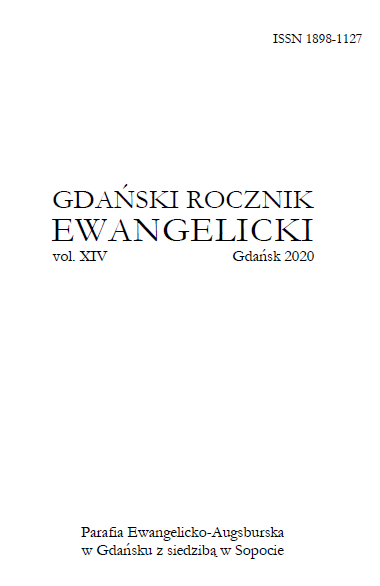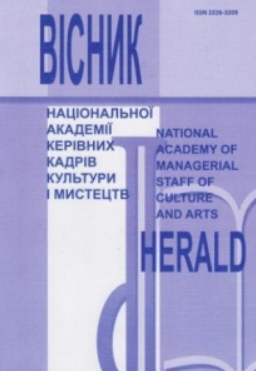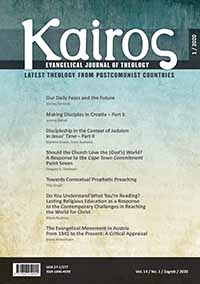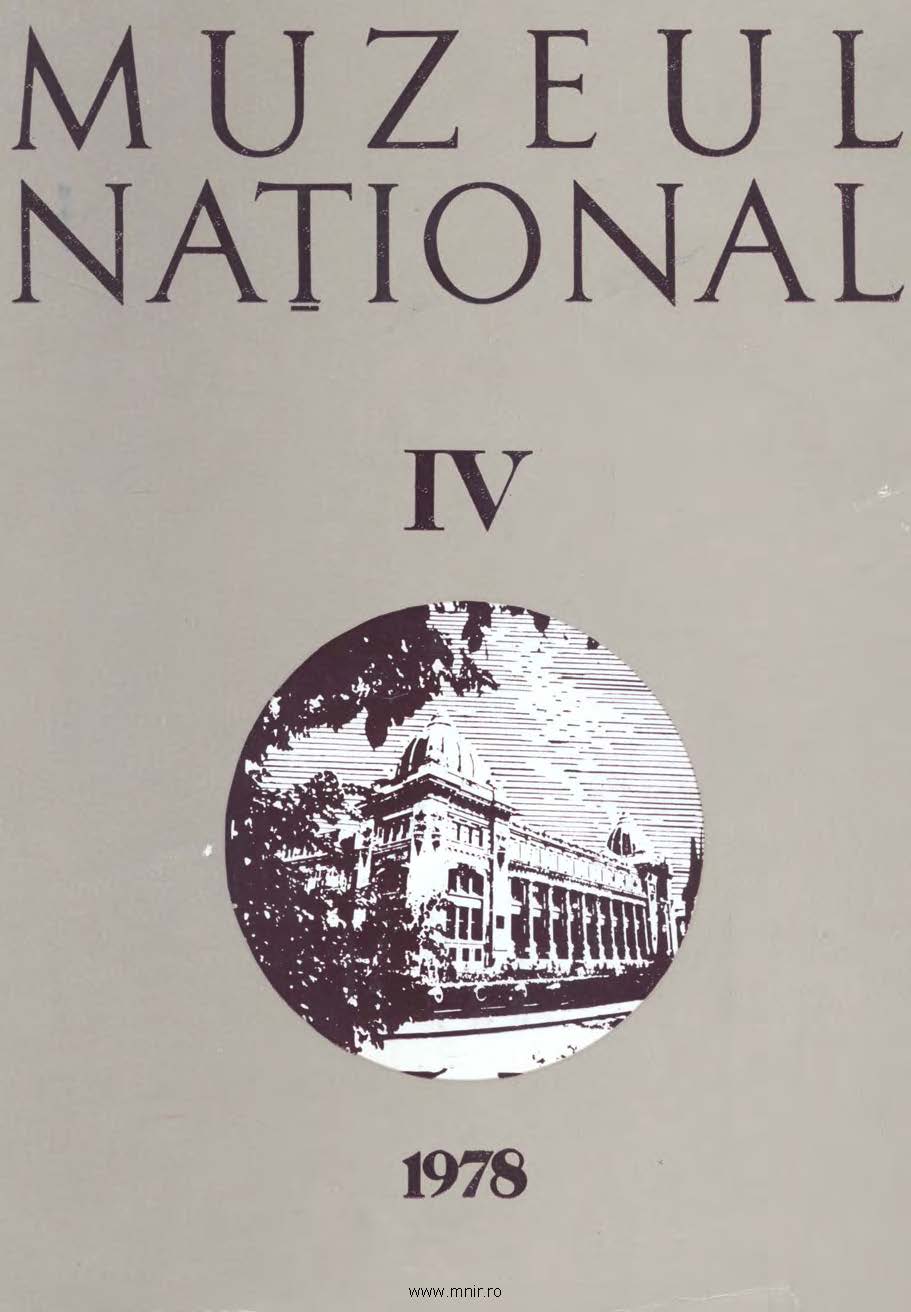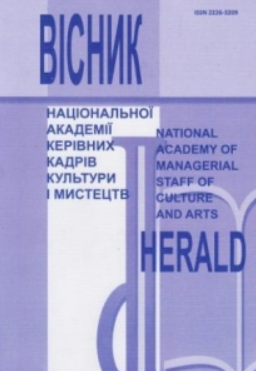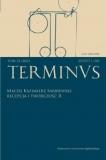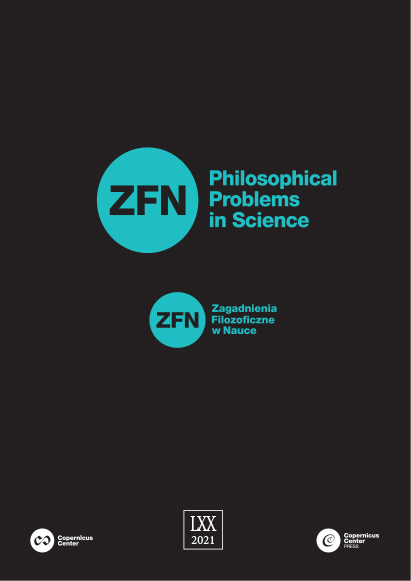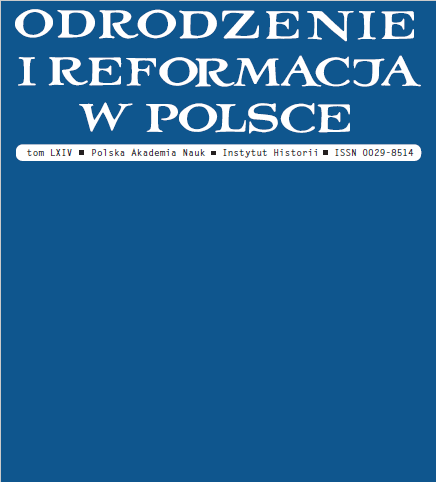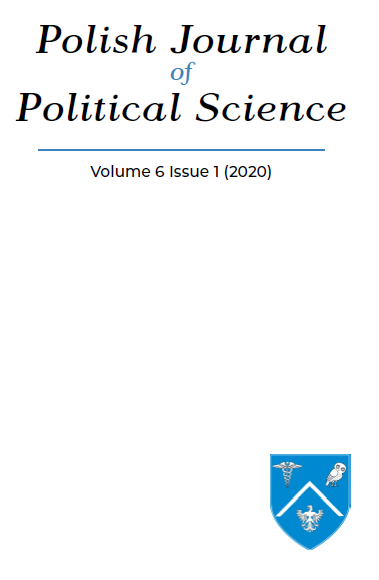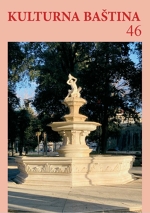Author(s): Marcin Hintz,Jerzy Domasłowski,Janusz Małłek,Aneta M. Sokół / Language(s): Polish
Issue: 14/2020
Review of:
Aneta M. Sokół - O niepodległości ekumenicznie. Wyznawcy róznych Kościołów dla Rzeczypospolitej (1918-1939), red. nauk. Sabina Bober, Sławomir Jacek śurek, Towarzystwo Naukowe Katolickiego Uniwersytetu Lubelskiego Jana Pawła II, Lublin 2018, 260 s.
Jerzy Domasłowski - Rudolf Bazanowski, Kościoły i parafie Diecezji Mazurskiej. Przeszłość i teraźniejszość. Historia kościołów i parafii ewangelickich w zarysie ze szczególnym uwzględnieniem ich losów po 1945 roku, Olsztyn 2019, t. 1, ss. 416; t. 2, ss. 399.
Jerzy Domasłowski - Jan Szturc, współpraca: Aneta Sokół, Karol Długosz, Karol Karski, Działalność Polskiego Towarzystwa Ewangelickiego 1919 – 1983 – 2019, Zarząd Główny Polskiego Towarzystwa Ewangelickiego, Katowice 2019, ss. 408.
Janusz Małłek - Manfred Richter, Oh sancta simplicitas! Über Wahrheit, die aus der Geschichte kommt. Ein Essay zum Ökumenismus. LIT Verlag, Theologische Orientierungen. Band 34, Berlin 2018, ss. 478.
Jerzy Domasłowski - Rainer Zacharias, Evangelische Kirchengeschichte für die Stadt Marienburg und ihre beiden Werdergebiete an Nogat und Weichsel 1526 bis 1945. Entwicklungsstufen einer Glaubenslandschaft, Münster/Westfalen 2019, ss. 736.
Marcin Hintz - Rafał Prostak, Ogród murem oddzielony od pustyni. Relacje Kościół – państwo, wolność sumienia i tolerancja religijna w myśli pierwszych baptystów, Wydawnictwo Naukowe Chrześcijańskiej Akademii Teologicznej w Warszawie, Warszawa 2020, ss. 253.
More...

